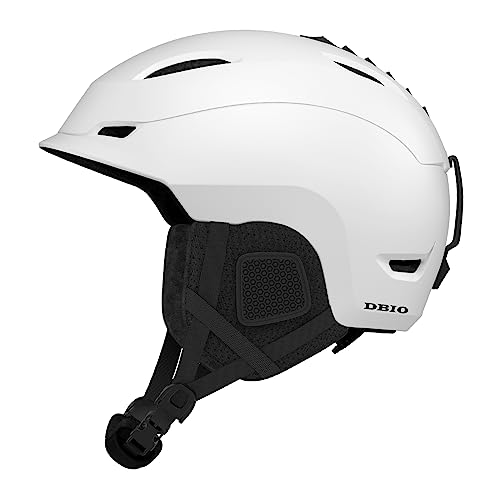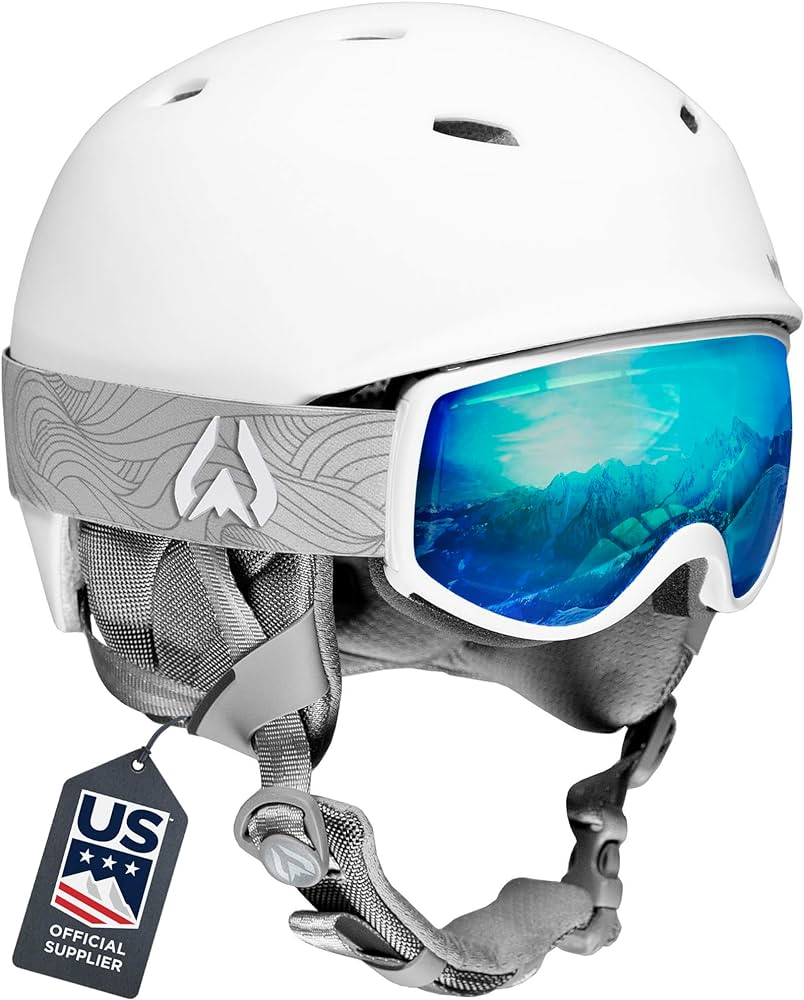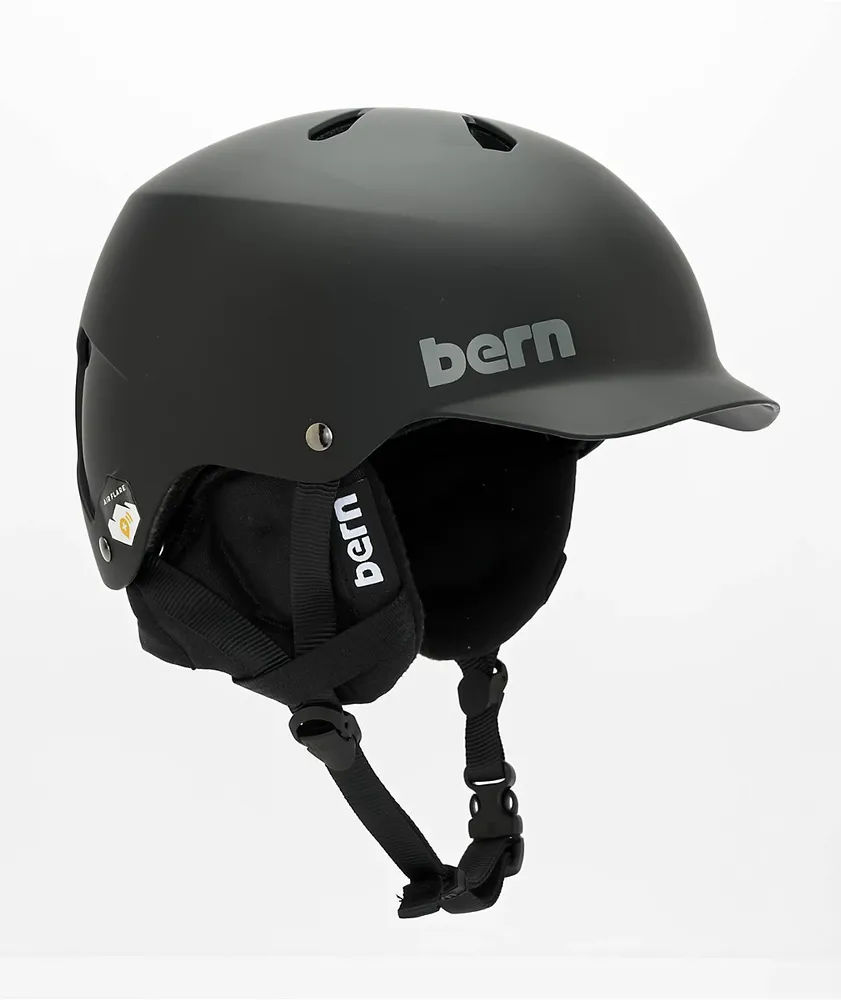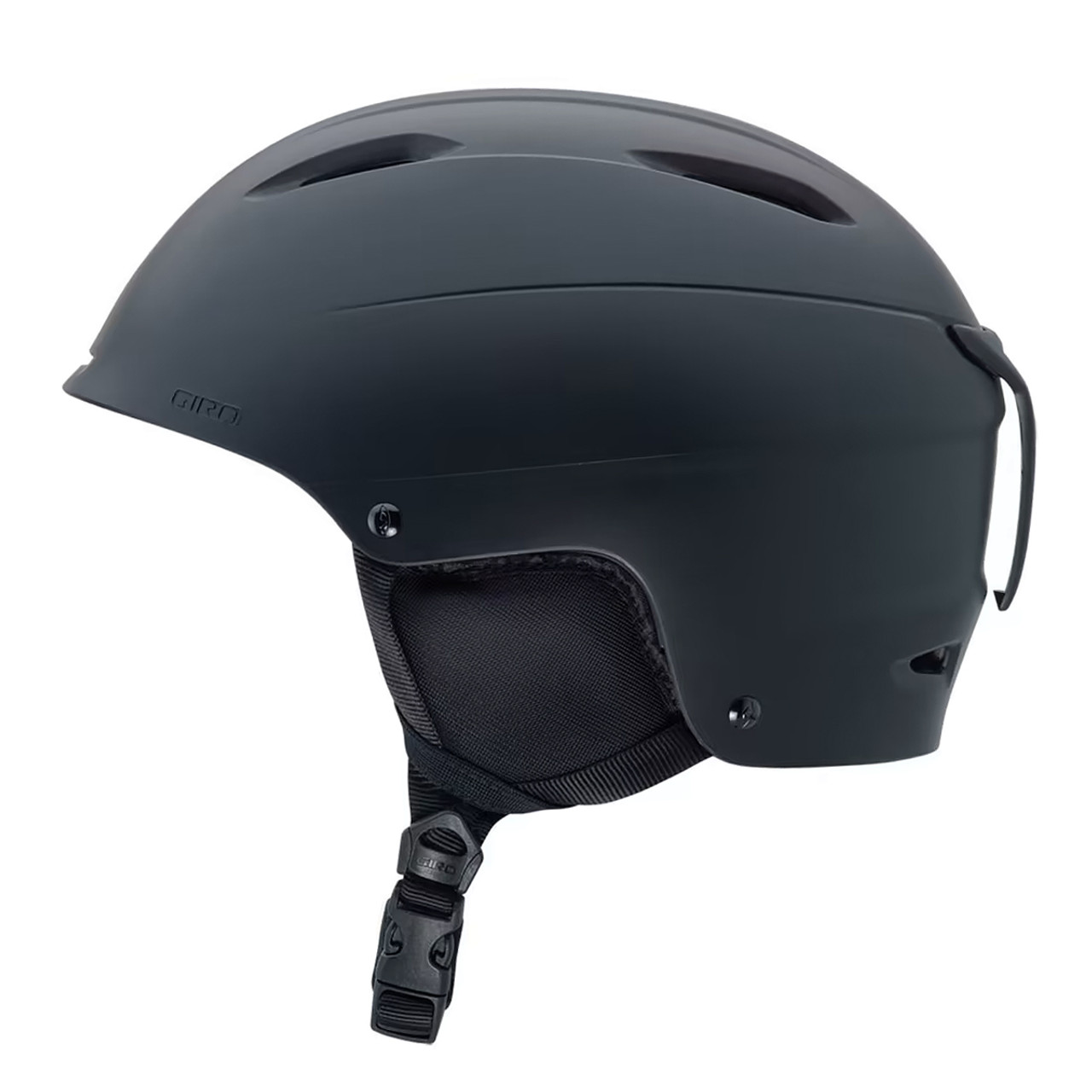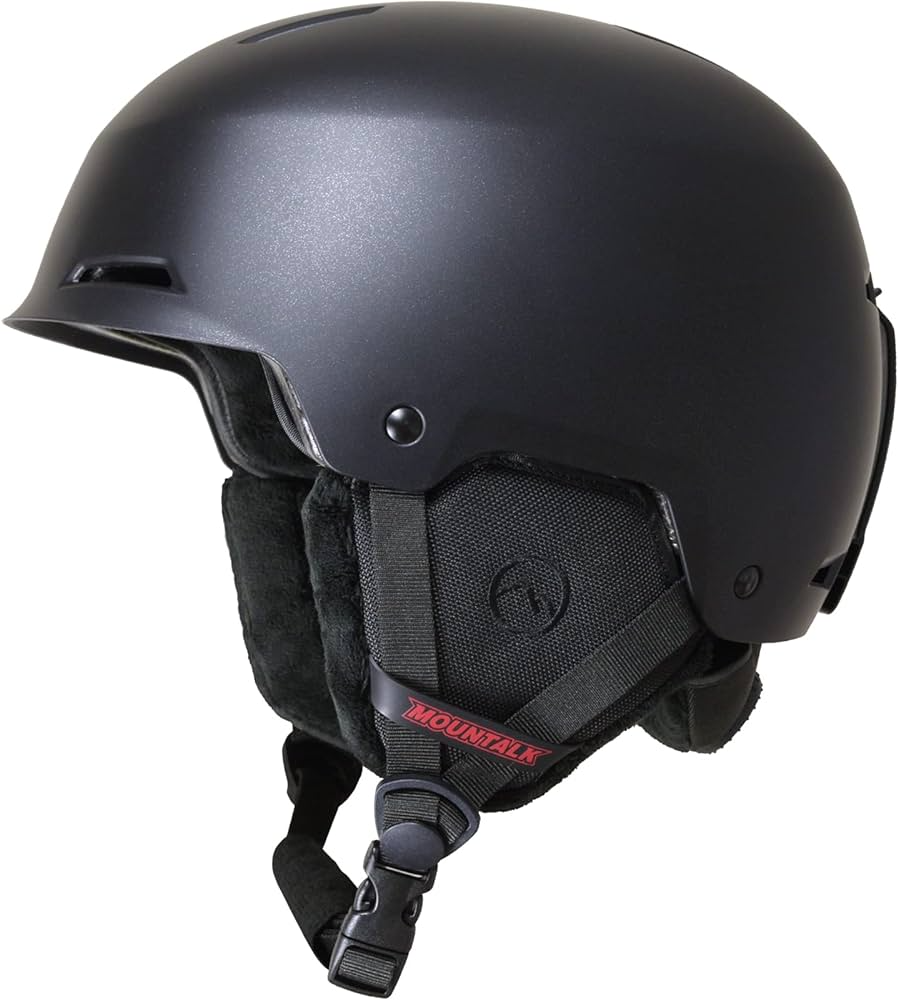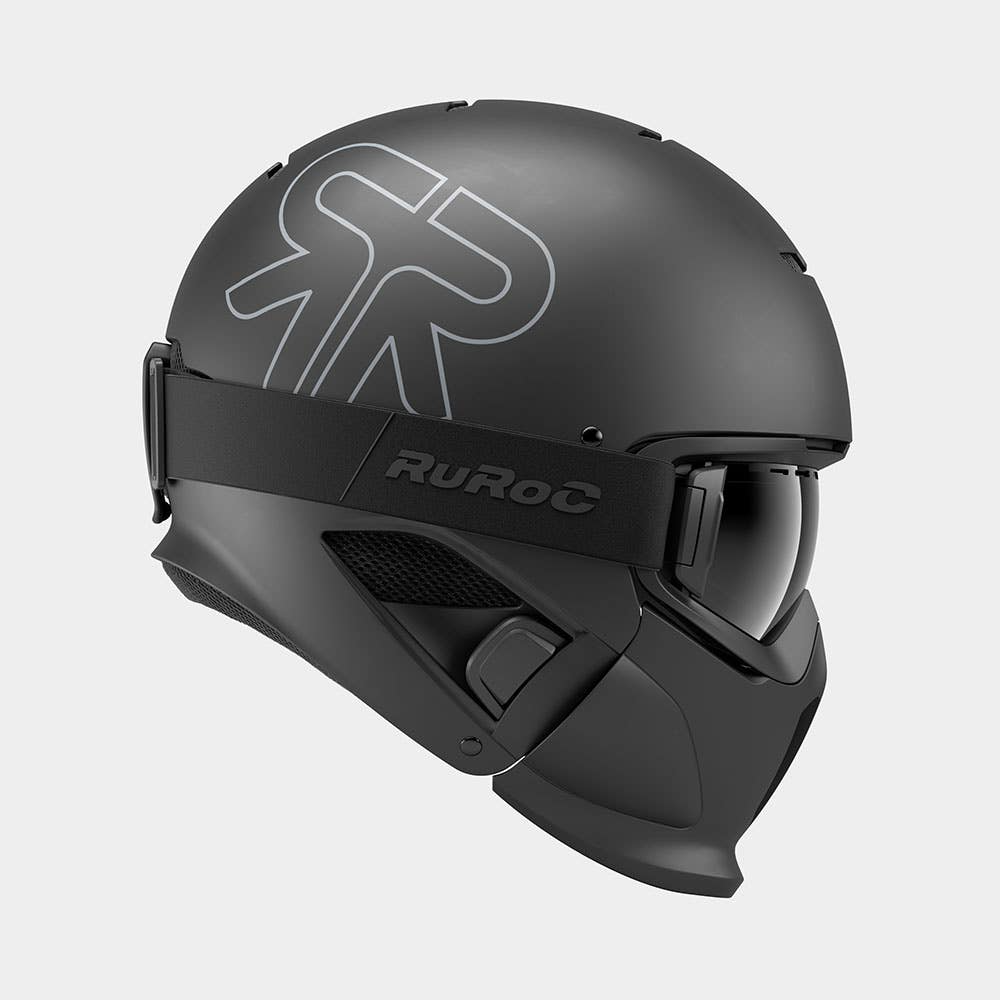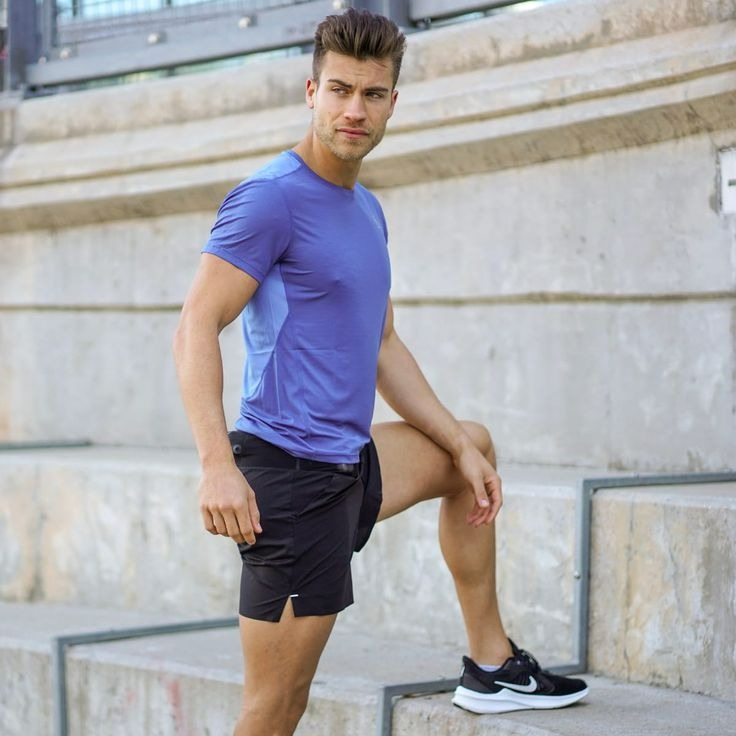The Evolution of Snowboard Helmets
Snowboarding has evolved from a niche winter sport to a popular activity enjoyed by millions around the world. Along with this evolution, the equipment and safety gear used in snowboarding have also advanced significantly. One crucial piece of safety equipment that has undergone a revolutionary transformation is the snowboard helmet.
The Early Days of Snowboarding Helmets
In the early days of snowboarding, helmets were not a common sight on the slopes. Many snowboarders opted to ride without a helmet, relying solely on their skills and luck to protect them from potential head injuries. However, as the sport grew in popularity and awareness of the risks involved increased, the need for proper head protection became evident.
As awareness of head injuries grew, the first generation of snowboard helmets emerged. These early helmets were often basic in design, providing minimal protection and comfort. They were typically bulky and cumbersome, leading some riders to forgo wearing them altogether.
The Modern Snowboard Helmet
Fast forward to the present day, and the modern snowboard helmet has become an essential piece of equipment for riders of all levels. Thanks to advancements in technology and materials, today’s helmets offer a winning combination of style, comfort, and, most importantly, protection.
Modern snowboard helmets are designed with a keen focus on safety, utilizing advanced impact-absorbing materials such as EPS (Expanded Polystyrene) foam and MIPS (Multi-directional Impact Protection System) technology to reduce the risk of head injuries. These helmets are also constructed to be lightweight and well-ventilated, addressing the comfort concerns that plagued earlier designs.
The Importance of Wearing a Snowboard Helmet
The importance of wearing a snowboard helmet cannot be overstated. While some riders may feel invincible on the slopes, the reality is that accidents can happen to anyone, regardless of skill level. A high-speed collision with another rider, a mistimed trick attempt, or even a simple slip on icy terrain can result in a potentially life-altering head injury.
Wearing a helmet significantly reduces the risk of head trauma in the event of a fall or collision. It provides a protective barrier between the skull and hard surfaces, dispersing and absorbing the force of impact to minimize the likelihood of concussions, skull fractures, or traumatic brain injuries.
Choosing the Right Snowboard Helmet
Selecting the perfect snowboard helmet is a vital process that goes beyond mere aesthetics. It involves understanding your individual needs, considering the unique features of each helmet type, and ensuring the highest level of safety without compromising comfort. In this section, we delve deeper into the factors that will guide you towards making an informed decision when choosing your snowboard helmet.
Understanding Your Riding Style
Park and Pipe Riders
If your passion lies in the terrain park, performing jumps, rails, and halfpipe tricks, you require a helmet that offers enhanced protection, particularly around the sides and back of the head. Full face or hybrid helmets are ideal choices for this style due to their comprehensive coverage and added chin protection.
Freeriders and Backcountry Explorers
For those who venture off-piste into the backcountry or enjoy long, fast runs down ungroomed terrain, a helmet with superior ventilation and adjustable features is essential. Half shell helmets with advanced venting systems accommodate varying temperatures and intensities of physical exertion, keeping you comfortable during long sessions.
Casual Cruisers and Beginners
If you’re new to snowboarding or prefer leisurely rides down groomed trails, prioritize comfort and ease of use. Beanie-style helmets or lightweight half shells with user-friendly adjustment mechanisms will serve you well, providing necessary protection without feeling bulky or restrictive.
Safety Standards and Certifications
Before delving into specific features, ensure the helmet meets recognized safety standards. The most prevalent certifications include:
- ASTM F2040: An American standard for recreational snow sports helmets.
- CE EN1077: A European certification for alpine skiing and snowboarding helmets.
- CPSC: A U.S. Consumer Product Safety Commission standard for all types of recreational helmets.
These stamps of approval indicate that the helmet has been rigorously tested for impact resistance and provides a baseline level of protection.
Fit and Sizing
A helmet’s effectiveness is significantly determined by how well it fits. Follow these steps to ensure a proper fit:
- Measure Your Head: Use a flexible tape measure to find the circumference of your head at its widest point, usually just above the eyebrows and ears.
- Try On Several Models: Each brand may have slightly different sizing charts, so try on helmets from various manufacturers within your measured size range.
- Adjustment and Comfort: Adjust the straps until the helmet sits level on your head, with minimal movement when you shake it. Ensure there’s no pressure point, and the padding feels snug but not uncomfortable.
- Compatibility with Goggles: If you wear goggles, check that they fit seamlessly with the helmet, avoiding gaps or pressure points that could cause fogging.
Additional Features to Consider
MIPS (Multi-Directional Impact Protection System)
Helmets equipped with MIPS technology provide an extra layer of safety by reducing rotational forces during certain impacts, which can minimize brain injuries.
Audio Compatibility
For those who enjoy listening to music while riding, look for helmets with built-in audio systems or compatibility with aftermarket audio inserts. These features typically include Bluetooth connectivity and easy-to-use controls.
Removable Liners and Padding
Helmets with washable and replaceable liners not only enhance hygiene but also extend the life of your gear, as worn-out padding can be swapped out.
Choosing the right snowboard helmet is a personal endeavor that requires careful consideration of your riding style, safety needs, and personal preferences. By understanding the differences in helmet types, prioritizing certified safety standards, ensuring a precise fit, and exploring additional features that enhance your experience, you can confidently take on the slopes knowing your head is well-protected. Remember, investing in a high-quality helmet is an investment in your safety and the longevity of your snowboarding adventures.
Conclusion
In conclusion, the evolution of snowboard helmets has transformed them from an afterthought to a fundamental piece of protective gear. The modern snowboard helmet offers a blend of safety, comfort, and style, making it a must-have for riders of all levels. By prioritizing safety and choosing the right helmet for your needs, you can enjoy the thrill of snowboarding while minimizing the risks associated with head injuries. Remember, protecting your passion begins with protecting yourself. Strap on your helmet, hit the slopes, and ride with confidence, knowing that you’ve taken the necessary steps to safeguard your greatest asset—your head.
